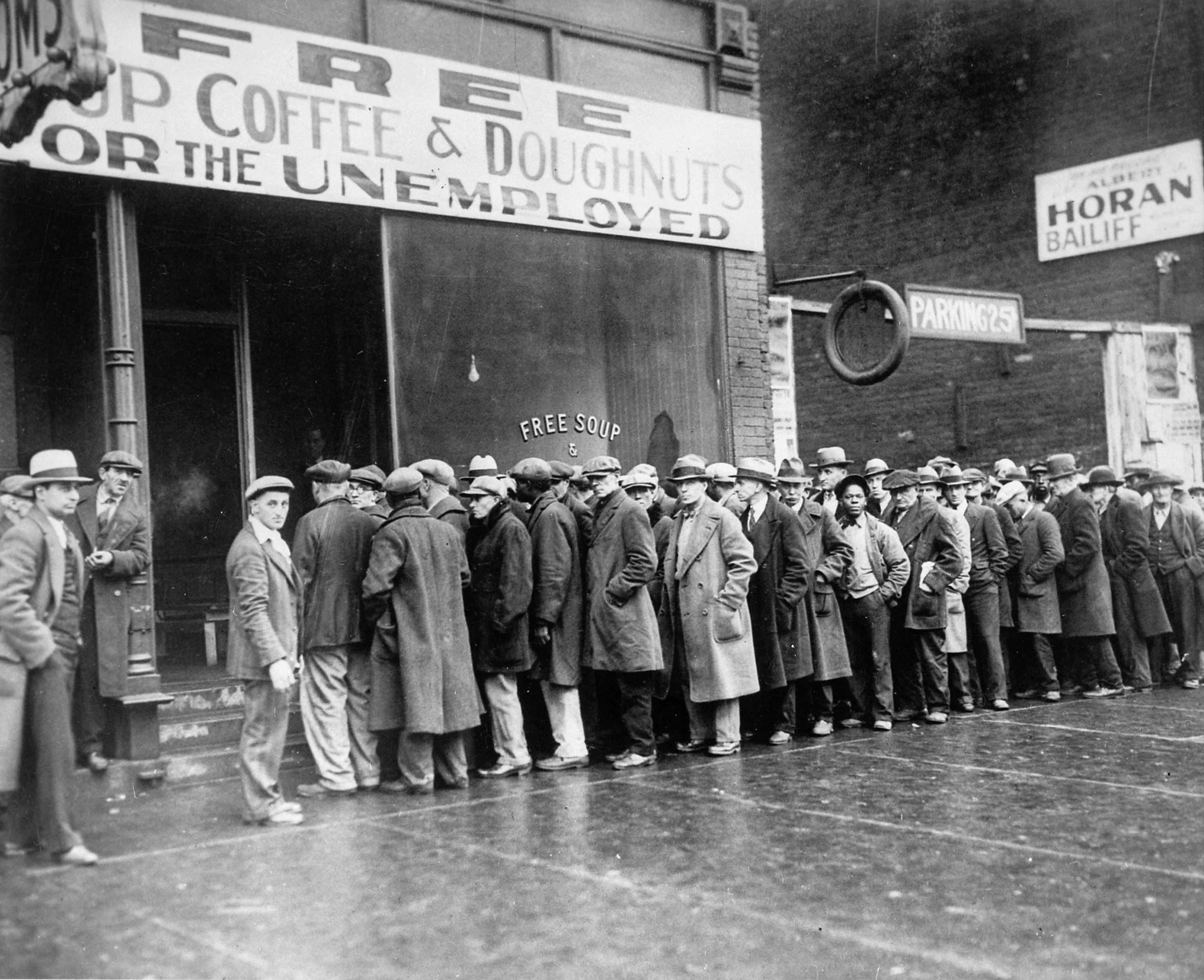Monopoly is one of the most popular and highest-selling boardgames of all times. It’s available in over 103 countries, in 37 different languages, and has sold over 275 million copies. It comes in an almost instantly familiar box—a box filled with little plastic houses, little metal pieces, and little paper money, a box with the word Monopoly proudly written across the front. But not many people know how the story of Monopoly came to be—or that there’s even a story behind it. And not just any story, a dark story of intrigue, betrayal, and courtroom drama. Former Wall Street Journal reporter Mary Pilon’s new book, The Monopolists, may help change that.

“In times of great economic turmoil or when things fall apart you question things,” Pilon told me. “These were issues I was seeing every day at the Journal.” When you think about how ubiquitous the game is, it seems like a pretty simple, basic thing to question. It’s a game where the primary goal is to become a “too big to fail” property owner who crushes all opposition beneath your boot heel; the last decade’s economic news comes rushing to mind.
Pilon’s book opens with what is essentially the official story of Monopoly as popularized by the Parker Brothers (who included this tale in initial printings of the game). Monopoly was invented by a man named Charles Darrow, the story goes, at the height of the Great Depression. He wanted to make a game for his family to enjoy, and a game which could prove profitable. He chose Atlantic City for the street names and locales, harkening back to a better time, one without the crushing debt and pervasive breadlines. A few hours later, he had a created a game that would go find its way into homes all around the world.
Except that’s not what happened. There was no bolt from the blue, no wild scribbling on oil cloth in the basement. Monopoly was invented almost 30 years prior to Darrow by a woman named Elizabeth (Lizzie) Magie, an ardent supporter of Henry George’s single tax theory. Originally called The Landlord’s Game, Magie deftly demonstrated that land privatization and monopolization lead to a select few accumulating massive amounts of wealth. The frustration that so many feel when being squeezed penniless by their friends is intentional; Magie wanted people to actively feel the oppression and see the inequality at work.
The Monopolists is a comprehensive history of Monopoly and The Landlord’s Game, but it’s much more than that. Framing the history of both games with the story of Ralph Anspach’s epic trademark lawsuit with Parker Brothers over his game Anti-Monopoly, The Monopolists ties together almost a hundred years of struggle, ambition, conspiracy, and anti-capitalist sentiment and crosses hundreds of miles. It traces the game from its 1903 origins to college campuses, Quaker communes and halls, Atlantic City, the annals of the Patent Office, various courtrooms, and all points in between.
There is a central mystery to this story, though: Magie never met Darrow. Darrow was not a fellow Georgist. No copy of The Landlord’s Game was passed to him. So how did Magie’s game go from a small-time, handmade board that reinforced Georgist single tax theory, to one of the most mass-produced games in history? That’s the story Pilon’s book tells.
While a history of a board game might seem boring, Pilon’s book is anything but. In fact, it’s frequently thrilling: full of dynamic characters, personal stories, and moments of triumph and defeat. It’s much better classified as a non-fiction novel about the nature of histories, invention, co-optation, and ownership. If the story of Darrow pulling himself up by his bootstraps is emblematic of the American tradition of hard work and perseverance, then The Monopolists is emblematic of not only those same traditions but also of muckracking—and digging deeper and deeper until the truth is uncovered.

Pilon is clear that she “didn’t want to write a law textbook.” One can imagine a story which approaches the subject from the perspective of the trademark battle that embroiled Anspach, Darrow, Magie, and Parker Brothers; the battle transcended time and space and tied through the vagaries of trademark law. Instead, Pilon offers an account that evokes the ethos of Magie’s original Landlord’s Game, by becoming “a story no one can own or master,” a story of strong- willed, politically minded people who demanded to be heard.
What emerges from Pilon’s five-year investigation is a beautifully intertwined story of Ralph Anspach’s battle with Parker Brothers and Magie’s original creation and intent. Pilon works hard to make the people in it more than names on a page. She makes it clear with her writing and in conversation that Magie and Anspach were not “most people.” Instead, Pilon makes them into agents of change, makers of history, and brilliant and uncompromising creators.
Hidden between the lines is a story about human knowledge and history itself. Without Pilon’s work (here, as well as in the New York Times, and Wall Street Journal) we would not have so complete an account. If it’s not on Google,” she told me at one point, “it doesn’t exist as knowledge.” We increasingly rely on sources like Wikipedia for authoritative information, but this is exceedingly imperfect. Even in the wake of The Monopolist’s release, it’s still very easy to find the official version of the Monopoly story presented as authoritative online. By pulling together the threads of history Pilon has herself become an agent of historical change and preservation. The fact that this novel exists means that not only will the stories of Anspach and Magie be preserved but also that the links, parallelisms, and connections will also be preserved and remembered.
